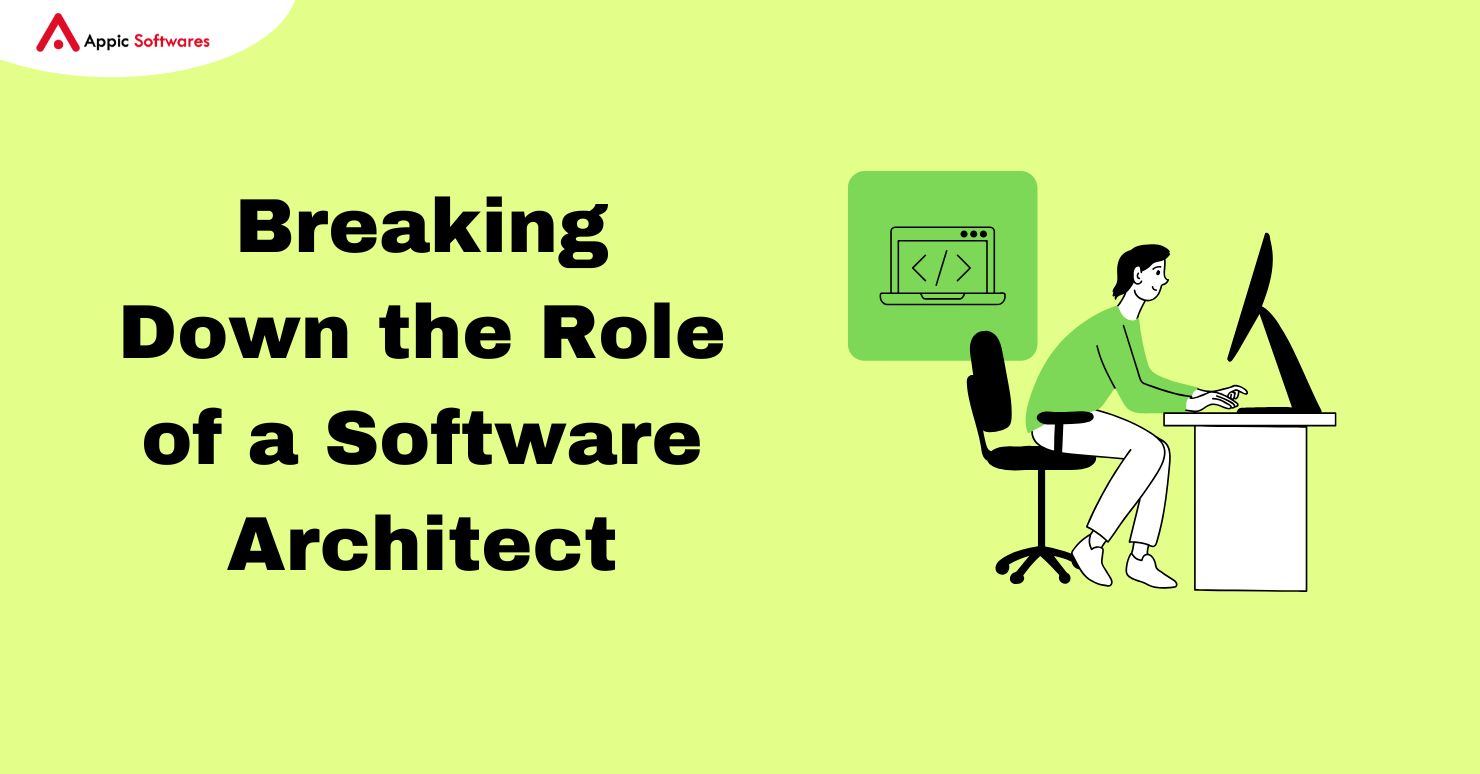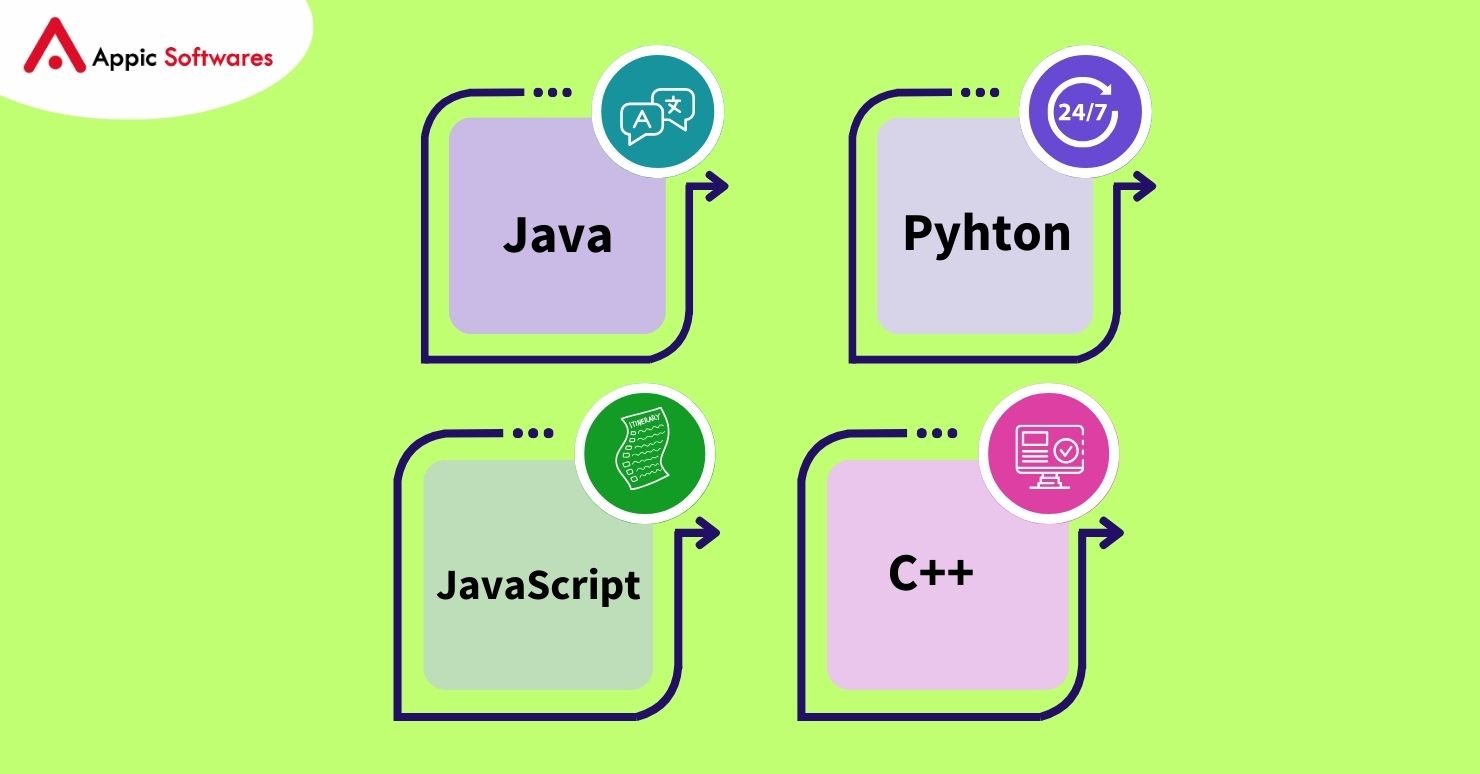
The role of a software architect is often misunderstood. A number of individuals will respond with different statements, such as “They design the system,” “They draw diagrams,” and “They’re the ones who are slowing us down with reviews.”
The truth is far more complex and significant, especially when organizations opt for outsourcing software development to scale quickly and cost-effectively.
We’ll take the mystery out of the job of a software architect by going over some of their main duties and looking at how modern architects mix technical leadership with giving their teams freedom.
In doing so, they also need to test an LLM software by a DevOps engineer or similar AI models to ensure seamless integration into enterprise systems
What Is A Software Architect?
A software architect plans and keeps up with the larger context of a software system, including how its components work together and how they change over time. In fields like construction software development, their role becomes even more critical to integrate industry-specific functionalities.
But the job isn’t just writing code or drawing pictures. It’s about making informed technology choices that enable software to align with business goals and allow teams to move quickly without compromising stability.
What Does a Software Architect Do?

Designing the System’s Blueprint
One of the key tasks of a software architect is to design the system architecture. This involves identifying how different components of a software application will work together. They decide how data flows, how users interact with the system, and how the system communicates with other services or apps. Poor architectural choices can increase software development costs and make the project harder to scale or maintain.
Selecting The Right Technology Stack
Software development involves many tools and technologies. These include programming languages, frameworks, databases, servers, and more. A software architect selects the best tools based on the project’s needs. They consider performance, scalability, security, and cost. The wrong choice of technology can slow down the development process. For industries such as healthcare, aligning tech stack decisions with compliance regulations and patient data protocols, as outlined in this healthcare software development guide, is crucial.
Ensuring Scalability And Performance
Software systems need to grow with time. A small app may serve hundreds of users today. But tomorrow, it might need to support thousands. A software architect ensures that the architecture is scalable. They design the system in such a way that it can handle increased load without crashing or slowing down. Performance is another area of focus. Users expect fast and smooth experiences. Architects design systems that respond quickly and run efficiently.
Setting Standards And Best Practices
Software development can get chaotic if everyone follows different styles or methods. That’s why architects define coding standards. They set rules for how codes should be written. They decide how files are organized, how functions are named, and how data is handled. These standards help in keeping the code clean, maintainable, and easy to understand.
What Do Software Architects Do On A Daily Basis?
In AI-integrated systems, they oversee the AI software development process to ensure the architecture supports model performance and retraining cycles. Every day brings a new challenge. Here’s how a typical day might look:
- They start by reviewing project requirements. They work closely with business analysts and product managers.
- Then, they translate those requirements into technical plans.
- They attend meetings with development teams. During these sessions, they provide guidance and answer technical questions.
- Code reviews are also a big part of their day. They check if the code meets quality standards and fits into the overall architecture.
- They also monitor system performance and look for ways to improve it.
Types of Software Architecture
A software architect chooses an architecture pattern that best suits the needs of the project. The decision depends on the system’s size, performance, and future scalability.
Monolithic Architecture
In a monolithic architecture, all parts of the application are built into a single unit. Everything runs together. This model is simple to build and deploy. It’s a good choice for small applications or startups. However, as the app grows, this architecture becomes harder to manage and scale.
Bonus read: Thunkable vs FlutterFlow: Which is Best for You?
Microservices Architecture
This architecture breaks down the application into multiple small services. Each service is independent and performs a specific task. These services communicate with each other using APIs. Microservices are highly scalable and flexible. They allow development teams to work independently and deploy faster.
Event-Driven Architecture
An event-driven architecture is designed to respond to real-time events. These could be user actions, system updates, or incoming data. It is widely used in systems that need instant feedback, like payment systems, messaging apps, or IoT solutions.
They may also work on strategies to extend your software development team to maintain productivity across time zones and expertise levels.
Serverless Architecture
In serverless architecture, developers only focus on writing code. The cloud provider handles infrastructure, scaling, and server maintenance.
This reduces development cost and increases efficiency. It’s ideal for apps with unpredictable traffic.
Layered Architecture
This is one of the most common software architecture patterns. It organizes the system into layers such as:
- Presentation layer (UI)
- Business logic layer
- Data access layer
- Database layer
This architecture makes the codebase easy to manage, test, and maintain.
Hard Skills For Software Architecture
A software architect needs a strong technical background. They must master a wide range of tools and concepts.
Programming Knowledge
Architects must be skilled in multiple programming languages. Popular choices include:

They must also understand how to write efficient code and optimize performance.
Understanding of Design Patterns
Design patterns are reusable solutions to common problems. Examples include:
- Singleton
- Factory
- MVC (Model-View-Controller)
- Observer
Architects apply these patterns to ensure consistency and maintainability across projects.
Database Management
Software architects must understand both relational databases like MySQL and PostgreSQL and NoSQL databases like MongoDB and Cassandra.
They decide how data is stored, retrieved, and protected. They design schemas, optimize queries, and ensure data integrity.
Cloud Architecture
Most modern applications run on the cloud. A software architect must be familiar with platforms like:

They use cloud-native features like load balancing, autoscaling, and data replication to build robust systems.
DevOps and CI/CD Pipelines
DevOps tools help automate the development and deployment process. Architects must understand:
- Continuous Integration (CI)
- Continuous Deployment (CD)
These tools enable fast and error-free releases. They also improve testing and code quality.
Software Architect Job Description
A software architect job description includes a
mix of technical and leadership responsibilities. They play a vital role in shaping the future of software products.
Typical Responsibilities Include:
- Designing and documenting the software architecture
- Selecting the right tools, frameworks, and platforms
- Guiding the development team with technical decisions
- Ensuring that coding practices and standards are followed
- Solving high-level technical issues
- Communicating effectively with business stakeholders
- Monitoring system performance and identifying improvements
- Keeping up with emerging trends in software engineering
They are accountable for the system’s success at a technical level.
Bonus read: Why Are Social Media Apps Needed For Your Business?
Job of Software Architect in Modern IT
Today, the job of a software architect is more important than ever. With cloud computing, big data, and AI becoming standard, systems are growing in size and complexity.
Software architects are not just coders. They are system thinkers and strategists and make decisions that affect product quality, performance, and cost.
They also ensure that the software system meets non-functional requirements like:
- Security
- Scalability
- Maintainability
- Availability
- Performance
Their leadership keeps the development team focused and aligned with the project’s vision.
What Software Architects Do in Product Development
A software architect is involved at every stage of the product development lifecycle.
In the Early Stage
They meet with stakeholders to gather requirements and assess business needs and turn them into technical specifications. They choose the right architecture type and technology stack based on the product’s goals.
During Development
They work closely with software developers and ensure that the system design is implemented correctly. They provide mentorship, review code, and resolve technical challenges and also work to identify risks and remove bottlenecks.
After Deployment
The work doesn’t stop after launch. Architects monitor the system’s health. They analyze performance metrics, fix design flaws, and plan for scaling. They ensure that the software continues to meet user demands and business goals.
What Is the Role of an IT Solution Architect?
A software architect focuses mainly on software applications. But an IT solution architect works at a broader, enterprise level. They design complete IT solutions. These include hardware, software, networking, databases, and cloud services. An IT solution architect ensures that every part of the system works together smoothly. This is particularly important in cases like inventory management software development, where real-time data handling and quick query responses are essential.
Key Differences Between Software and Solution Architects
- Software architect: Designs the software structure and modules
- Solution architect: Integrates software with broader IT infrastructure
In a large project, both roles often collaborate. For instance, in a banking system, the software architect handles the mobile app design. The solution architect ensures it connects securely with backend systems like payment gateways, CRMs, and analytics platforms.
Why Software Architects Are So Valuable
Software systems are at the heart of every business today. From startups to large enterprises, everyone relies on digital tools.
A poorly designed software system can lead to:
- Frequent bugs and crashes
- Slow performance
- High maintenance costs
- Security vulnerabilities
- Customer dissatisfaction
A software architect prevents these issues. They design systems that are fast, secure, and scalable from the beginning.
Their work saves time and reduces costs in the long run.
Software Architect Salary Insight
According to Glassdoor (2024), the average salary of a software architect in the United States is $146,000 per year.
This figure shows how important and valuable they are to tech-driven businesses.
Final Thoughts
The role of a software architect is becoming more crucial each year. They’re no longer just senior developers. They are decision-makers, designers, and leaders. They build the foundation that developers rely on. As technologies like AI, IoT, and blockchain grow, the demand for skilled software architects will continue to rise. Whether you’re planning to become one or hire one, understanding what a software architect does is essential. A good software architect makes the difference between a successful digital product and a failed one.
Need help designing scalable software systems? Appic Softwares will help you.
Contact us to hire expert software architects and build future-ready digital products.
FAQs
1. What’s the difference between outsourcing software development and hiring an in-house software architect?
Outsourcing software development allows companies to scale quickly, reduce costs, and tap into global expertise. In contrast, hiring an in-house software architect provides dedicated leadership for internal teams and long-term product development. Many organizations combine both strategies to maintain flexibility and quality.
2. How does a software architect contribute to the AI software development process?
A software architec
t ensures that the infrastructure and design support AI models effectively. They define how AI components interact with other modules, ensure performance optimization, and enable smooth integration through CI/CD pipelines. Their involvement is essential in aligning AI outputs with business objectives. In sectors like multifamily AI, architects play a vital role in designing scalable systems that handle tenant data, lease automation, and predictive analytics.
3. Why are software architects important in healthcare or inventory management systems?
In domains like healthcare and inventory management, software architecture ensures data security, system scalability, and compliance with regulations. A robust architecture allows real-time data tracking, smooth user experience, and integration with third-party systems—all critical for sectors that rely on continuous and accurate operations.








